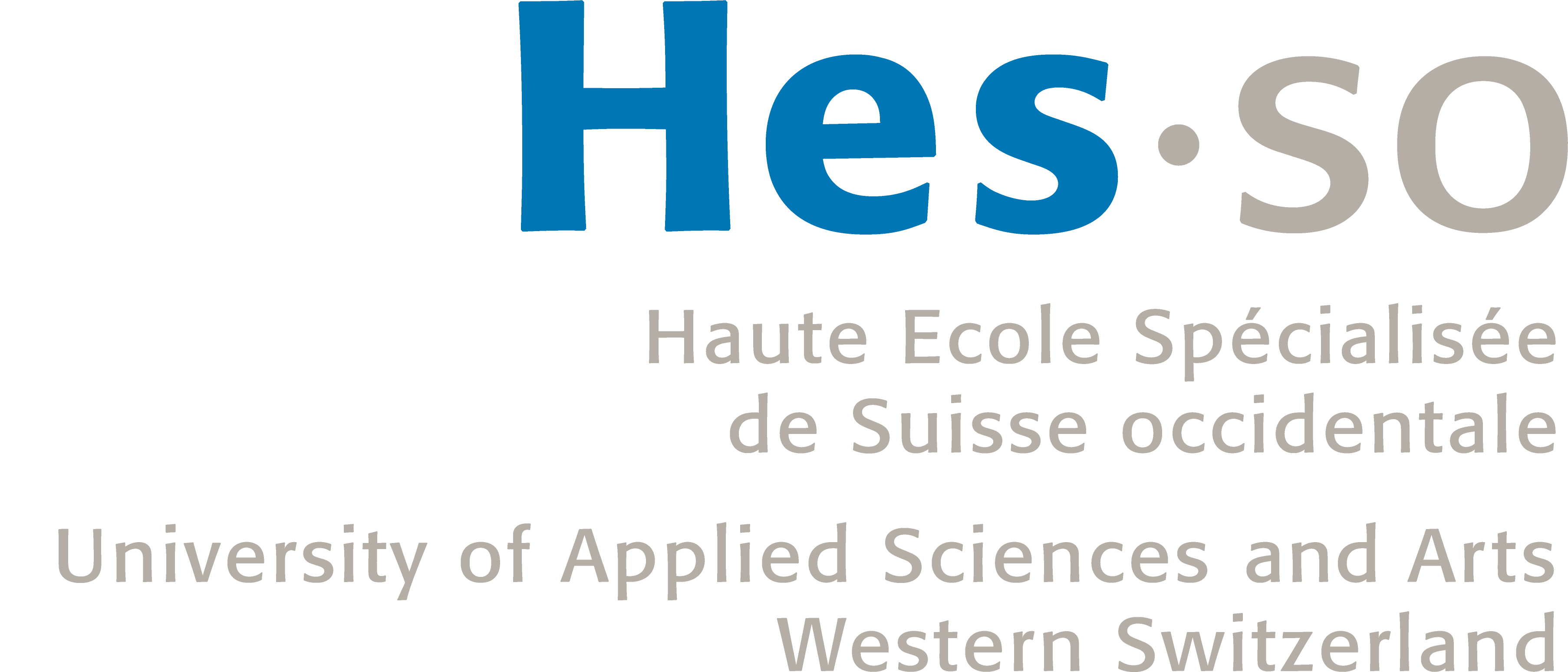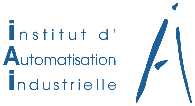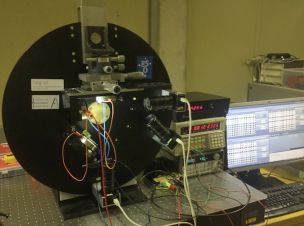Calibration system for precision hexapods delivered to ESO (May 2014)
OptoLab.iAi has delivered to the ESO (European Southern Observatory) Paranal Observatory a metrology system for the calibration of precision hexapods. These hexapods are used as secondary mirror supports in the VLTI auxiliary telescope systems (ATS) of the ESO (European Southern Observatory) Paranal Observatory.
This novel measuring system is based on industrial USB cameras and is an original development of OptoLab.iAi . The system performs concurrent X,Y,Z,Rx,Ry measurements and is accurate within 2-5 micron depending on the measurement axis. ... more details ...
Participation in the preliminary design of the CHEOPS satellite (2012)
CHEOPS (CH ExOPlanet Satellite) is a mini-satellite that will make follow-up measurements of known exoplanets in order to characterize their structure. It is envisioned to be a small spacecraft (< 100 kg) carrying a telescope of ~40 cm that will perform ultra-precise optical photometric observations within two wavelength bands.
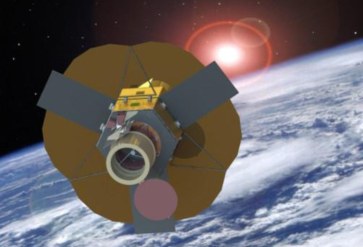
Under the coordination of the EPFL Space Center who is in charge of overall spacecraft systems engineering, Optolab.iAi has developed the preliminary bus structure and mechanical concept for a feasibility study, which is carried out under the overall leadership of the University of Bern in close collaboration with the University of Geneva.
Collaboration with Yunnan Astronomical Observatory
The IAI-NIAOT(China) partnership (see news below) now including collaboration with Yunnan Astronomical Observatory in Kunming. OptoLab.iAi participate to the preliminary development of the Chinese Giant Solar Telescope (CGST), designed to have a 8-m ring aperture primary mirror.
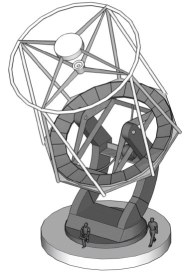
Artist's view of the CGST
Jules-Verne, a nanosat lunar orbiter
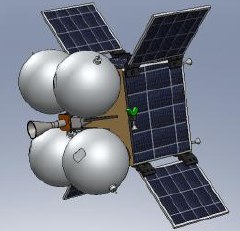
This concept was studied and proposed as a candidate post-SwissCube academic project.
It consists of a 15 kg nano-spacecraft with:
- 3-axes stabilization
- Propulsion stage: Δv ~ 2000 m/s
- Deep space communication (1M km)
- Mass 15 kg:
- payload 5 kg, candidate instruments are being considered,
- propulsion system 3 kg,
- propellant 7 kg
Once launched into Geosynchronous Transfer Orbit (GTO) it will proceed to reach lunar orbit on its own propulsion.
IAI - NIAOT (China) partnership
Within the framework of the Sino-Swiss Scientific Technical Cooperation agreement (SSSTC), and following a call for proposals of the Swiss State Secretariat for Education and Research (SER), an Institutional Partnership has been approved between IAI (for the HEIG-VD) and Nanjing Institute of Astronomical Optics & Technology, which is the main chinese organisation in the development of astronomical telescopes and instrumentation.
A grant of 36'000 CHF is provided by SER to this partnership, named SSIPAI - Sino-Swiss Institutional Partnership on Astrophysics Instrumentation. An exchange programme is planned until mid 2012, with reciprocal visits to present our respective projects and interest areas. This is done in view of preparing and proposing joint projects and R&D collaborations in the areas of high-precision opto-mechanics and system engineering for astrophisics instruments.
SwissCube images being analyzed at OptoLab.iAi (2011).

Almost 1,5 years after launch, SwissCube could finally be stabilized and started sensing its first images.
SwissCube has been launched on september 23rd 2009 at 8h21 MET. It was then deployed 20 minutes later. The first spacecraft 100% «SwissMade» has been developed and built by students of several Western Switzerland universities and engineering schools, coordinated by their respective instutes and managed by EPFL Space Center.
The SwissCube scientific mission is to perform space-based observations of the airglow occurring in the upper atmosphere at an altitude of about 100 km. This light radiation is emitted at a wavelength of 762 nm around the Earth. Two subsystems were mainly developed at the HEIG-VD:
- Electrical power system
- Instrument optics and opto-mechanical system
